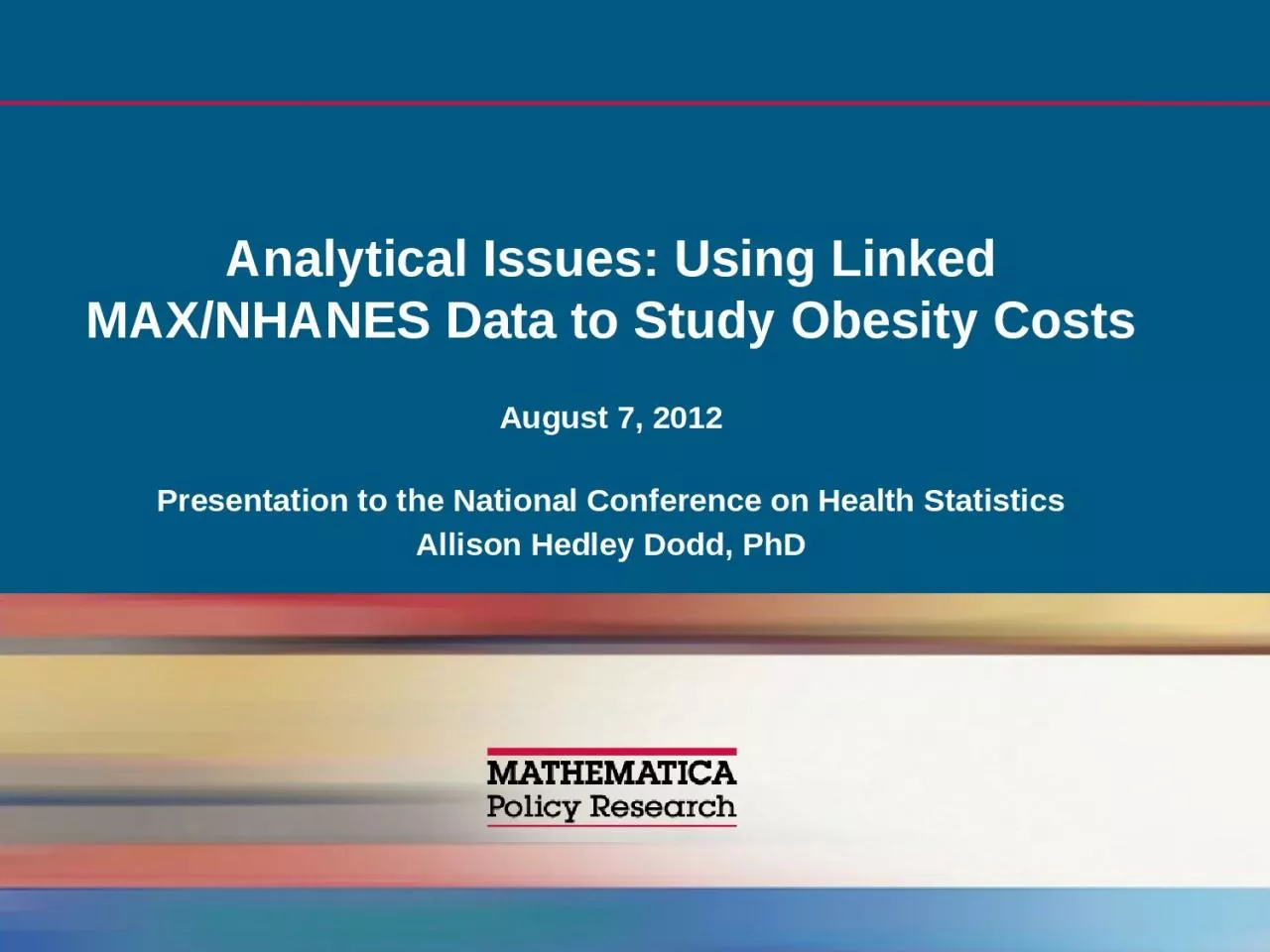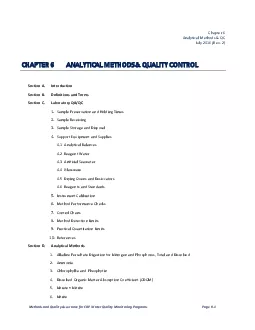PPT-Analytical Issues: Using Linked MAX/
Author : victoria | Published Date : 2024-01-29
NHANES Data to Study Obesity Costs August 7 2012 Presentation to the National Conference on Health Statistics Allison Hedley Dodd PhD Medicaid Analytic eXtract
Presentation Embed Code
Download Presentation
Download Presentation The PPT/PDF document "Analytical Issues: Using Linked MAX/" is the property of its rightful owner. Permission is granted to download and print the materials on this website for personal, non-commercial use only, and to display it on your personal computer provided you do not modify the materials and that you retain all copyright notices contained in the materials. By downloading content from our website, you accept the terms of this agreement.
Analytical Issues: Using Linked MAX/: Transcript
Download Rules Of Document
"Analytical Issues: Using Linked MAX/"The content belongs to its owner. You may download and print it for personal use, without modification, and keep all copyright notices. By downloading, you agree to these terms.
Related Documents




![See[10]formoredetailedderivations.Now,insertingthisintotheright-sidein](https://thumbs.docslides.com/359854/see-10-formoredetailedderivations-now-insertingthisintotheri.jpg)









